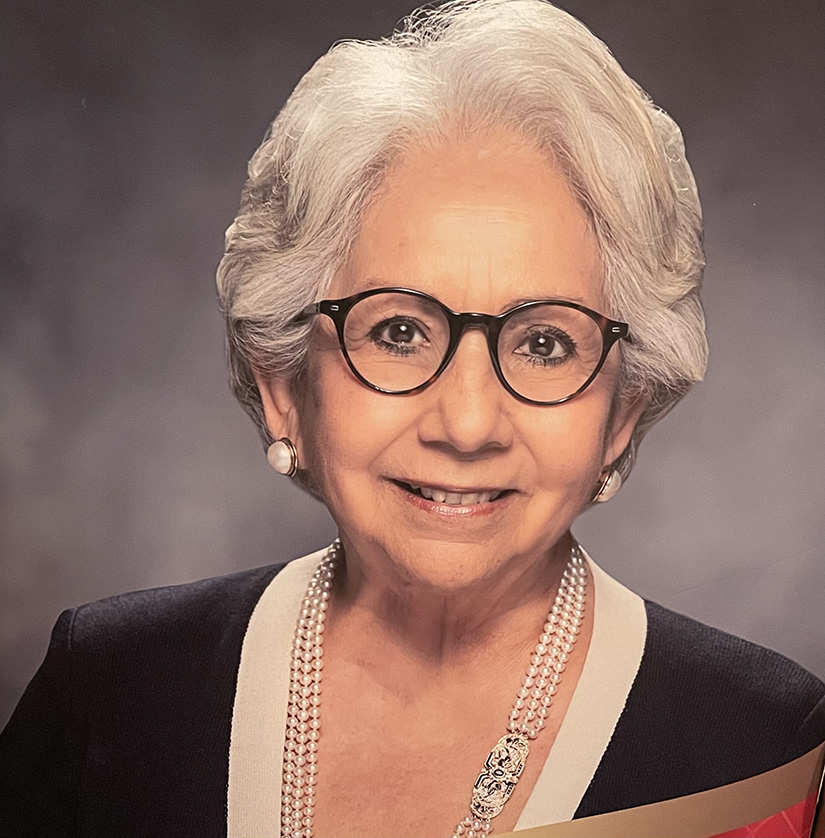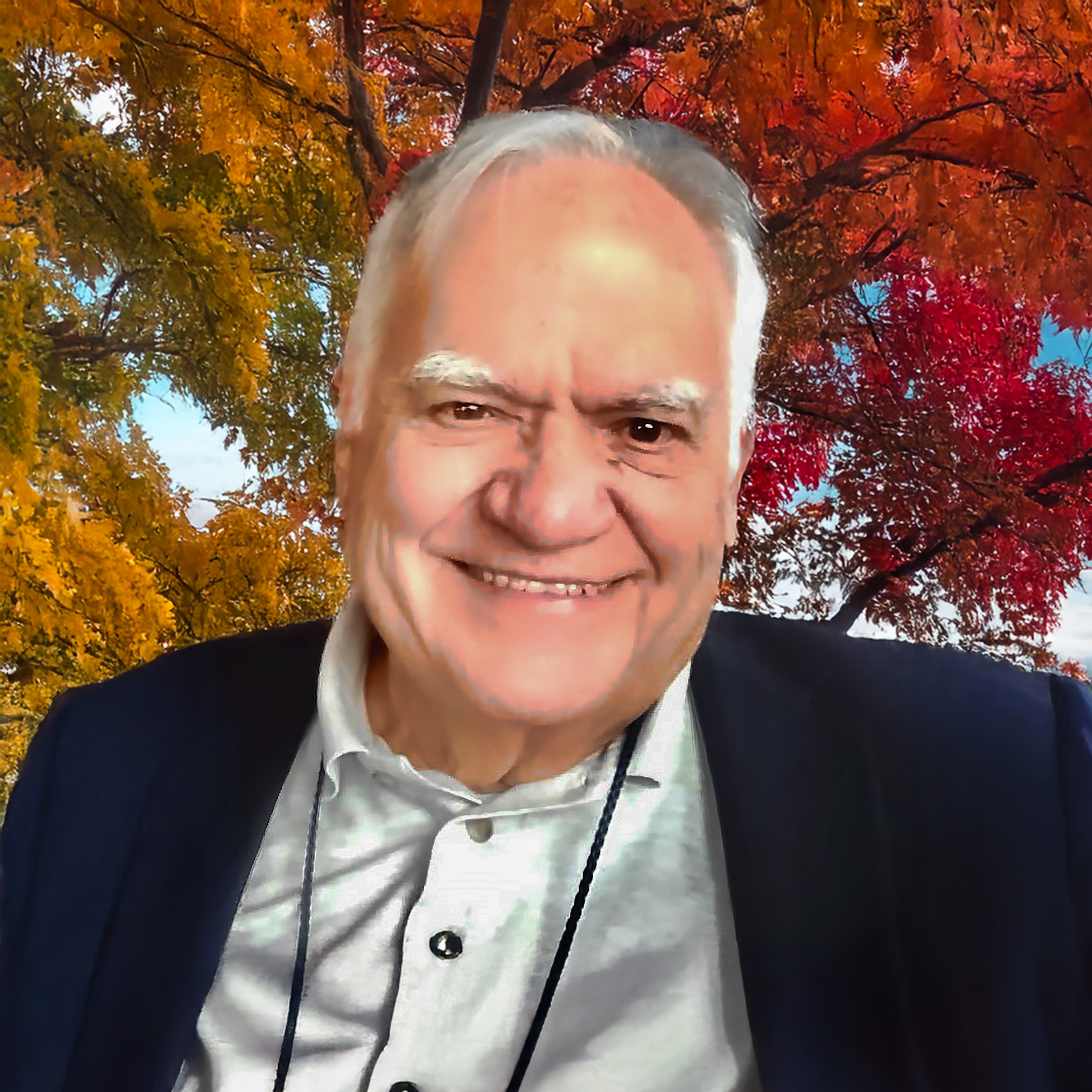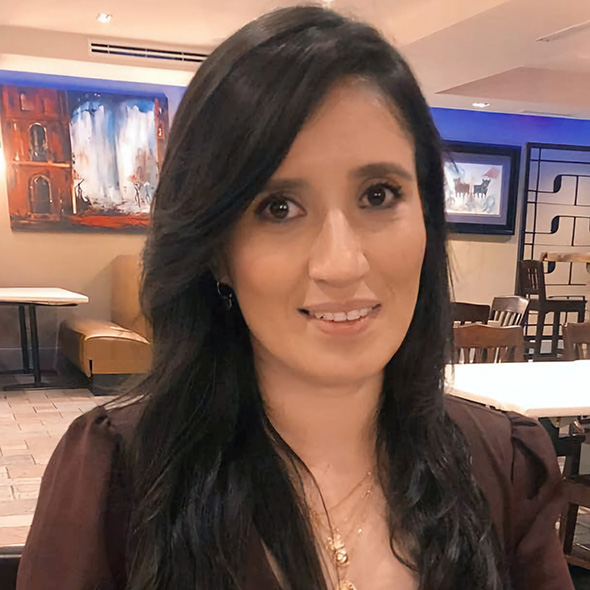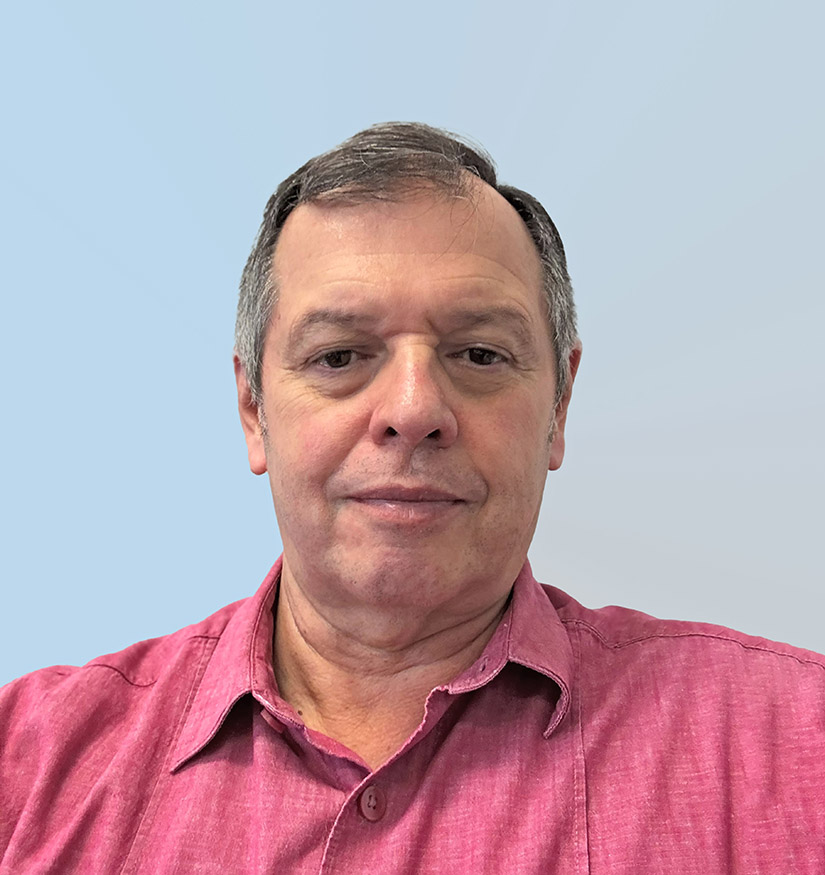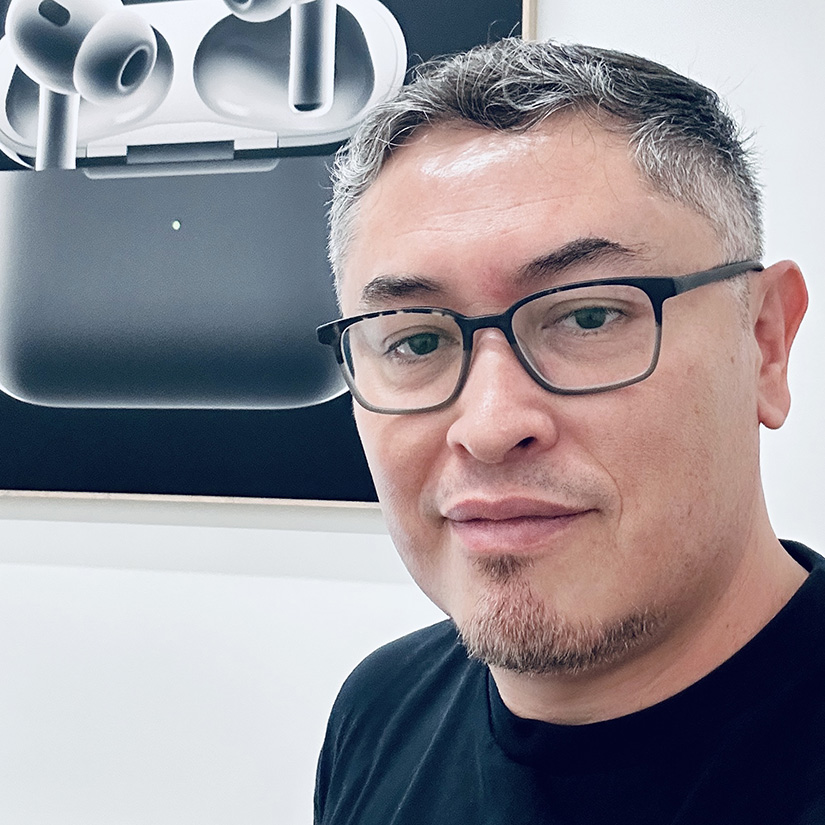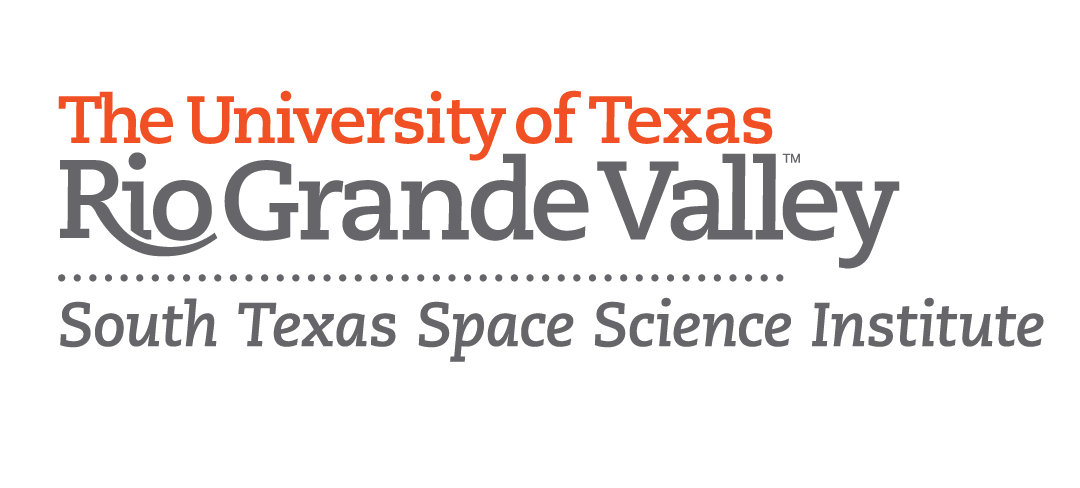This one-day conference commemorated the 10th anniversary of the first detection of gravitational waves, a scientific breakthrough first predicted by Albert Einstein in 1916 and confirmed by the Laser Interferometer Gravitational-Wave Observatory (LIGO) on Sept. 14, 2015.
The program featured distinguished faculty, administrators, former Rio Grande Valley students, and very special guests who led lectures and panel discussions reflecting on their research, past and present.
The following evening, Saturday, Oct. 11, 2025 festivities continued with Astronomy in the Park: The Sounds of the Cosmos at Resaca de la Palma hosted by STARS and STSSI.
This special edition of Astronomy at the Park featured a presentation and book signing for The Sounds of the Cosmos: Gravitational Waves and the Birth of Multi-Messenger Astronomy; with all three co-authors Dr. Mario Díaz, Dr. Gabriela González, and Dr. Jorge Pullin in attendance.
Additional event activities included stargazing and guided night sky tours, hands-on STEM activities and exhibitions.
Continue reading to learn more about our speakers and guests!
Agenda-at-a-Glance
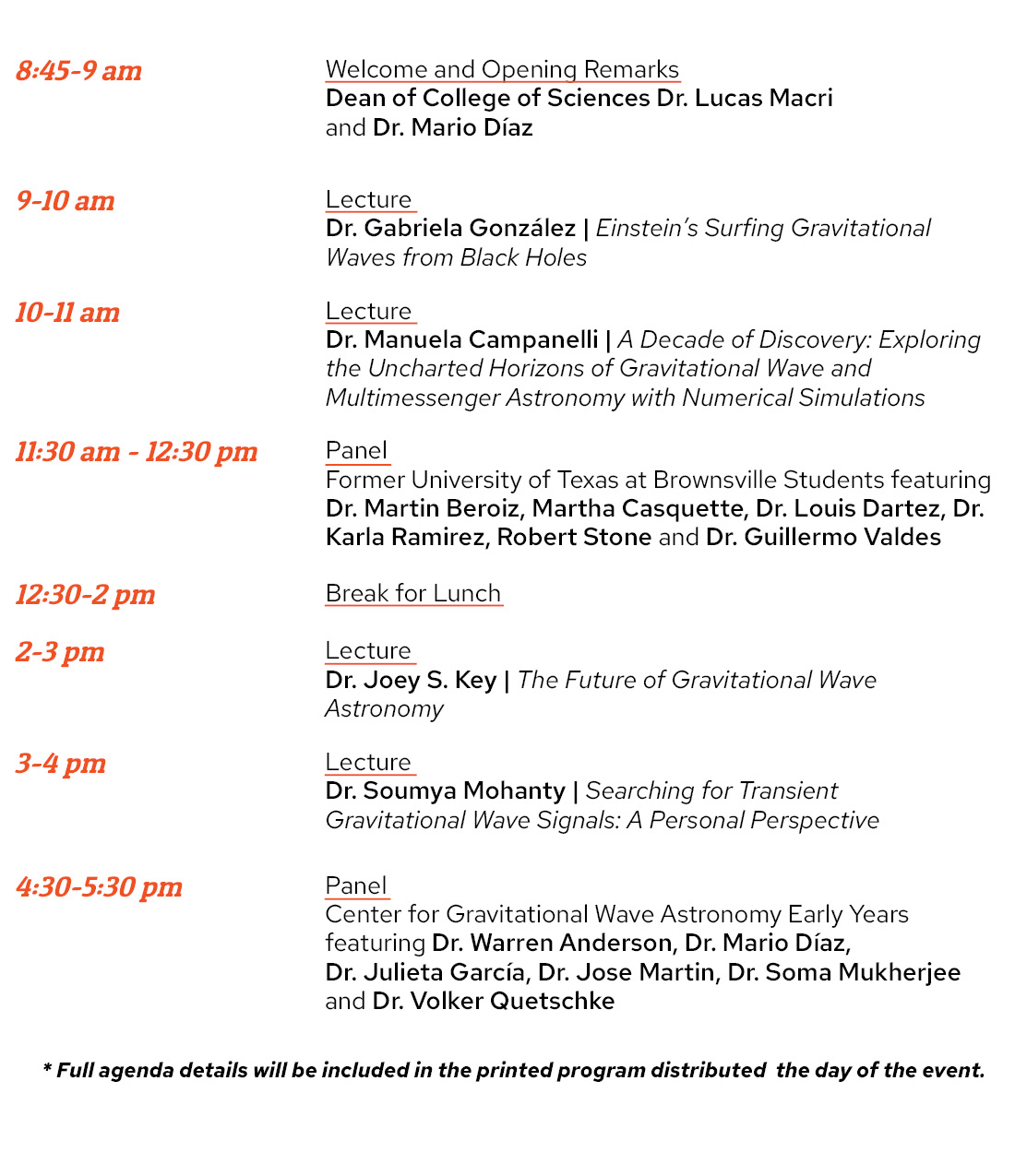
Featured Speakers and Panelists
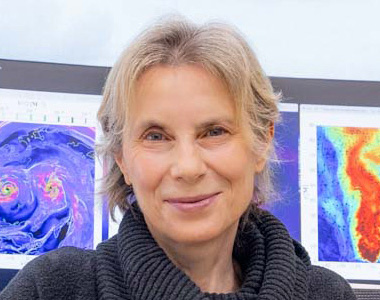
Distinguished Professor of Astrophysics and John Vouros Endowed Professor, Founding Director of the Center for Computational Relativity and Gravitation (CCRG), Rochester Institute of Technology
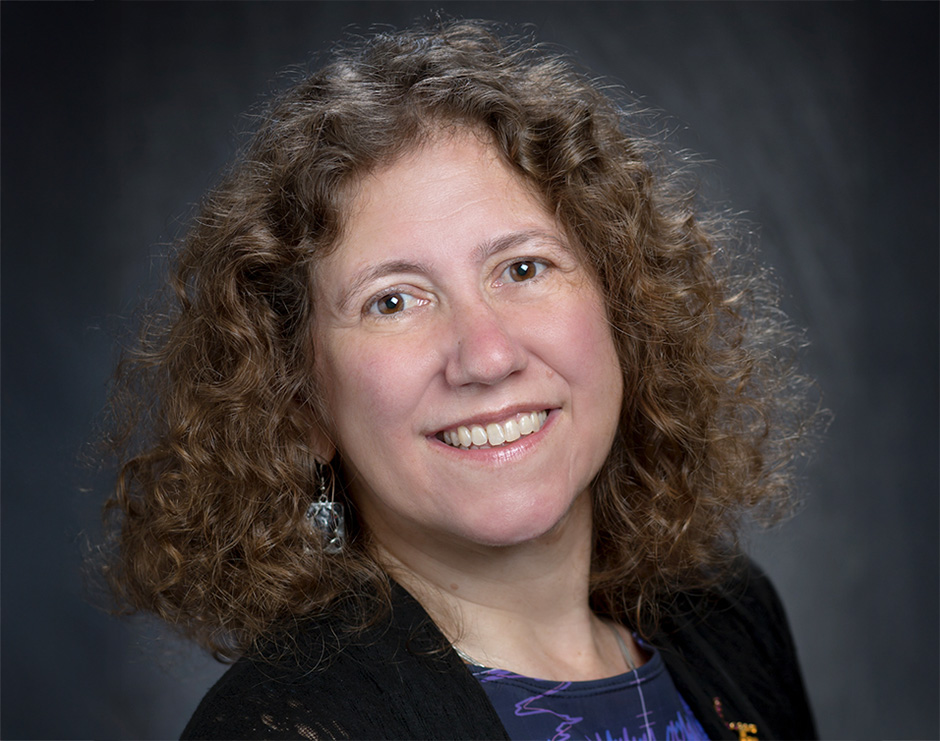
Boyd Professor, Physics and Astronomy Department, Louisiana State University
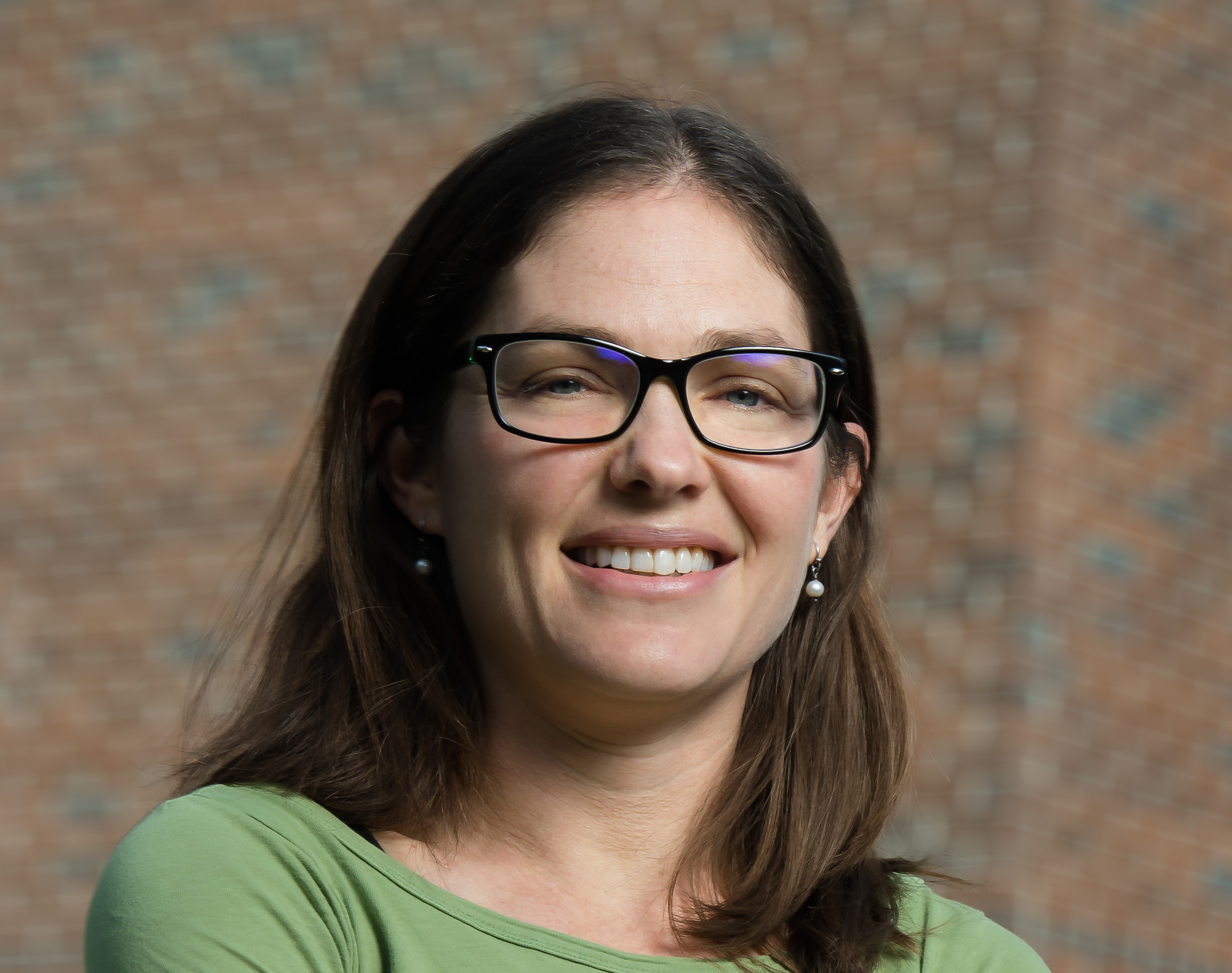
Associate Professor, Department of Physical Sciences, University of Washington, Bothell
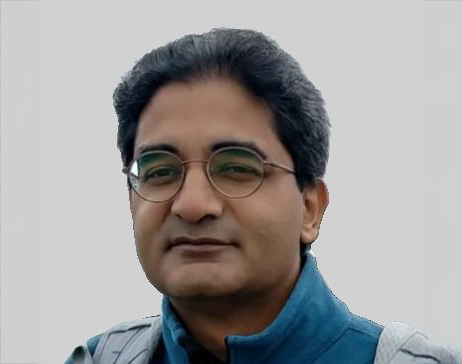
Professor of Physics and Astronomy, Center for Gravitational Wave Astronomy, University of Texas Rio Grande Valley
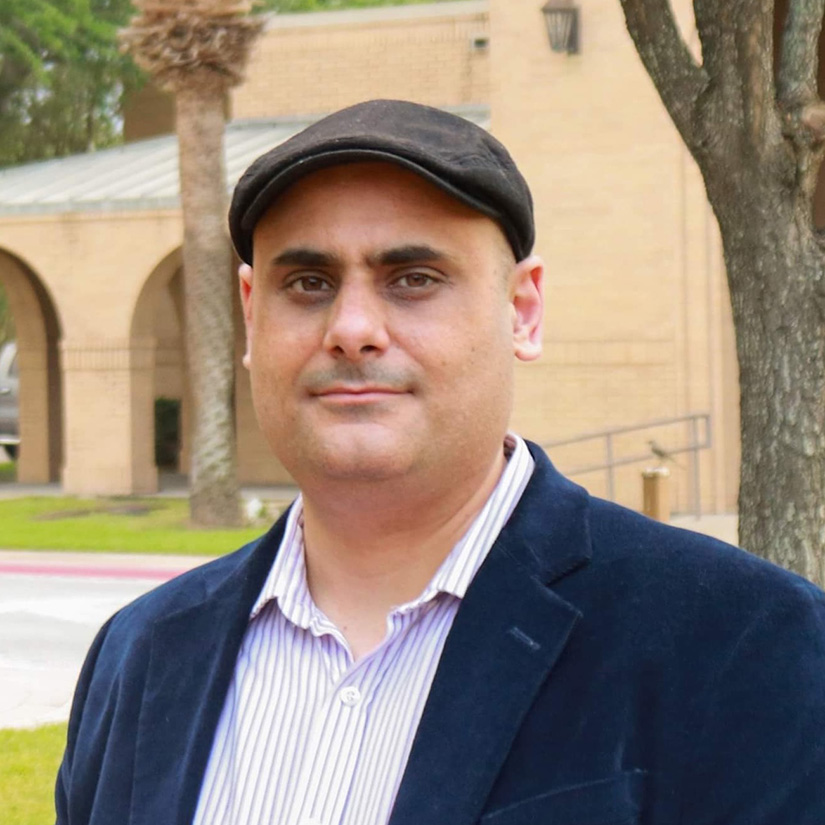
Staff Scientist, LIGO Laboratory’s Gravitational Wave Open Science Center (GWOSC), California Institute of Technology
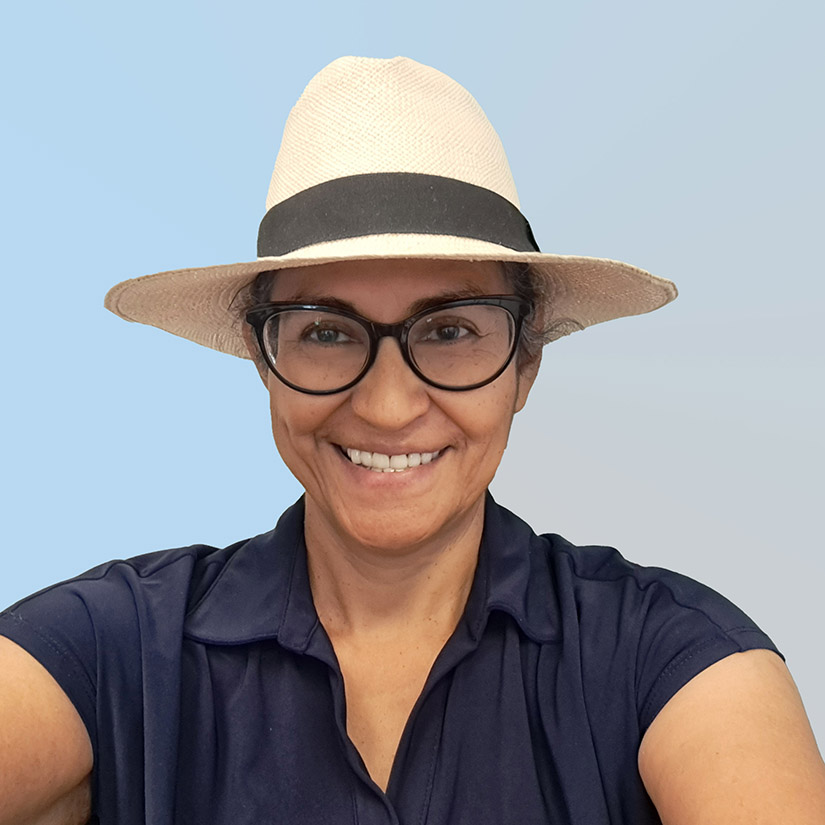
Physics Instructor and A.S. Science and Allied Health Education Program Coordinator, Texas Southmost College
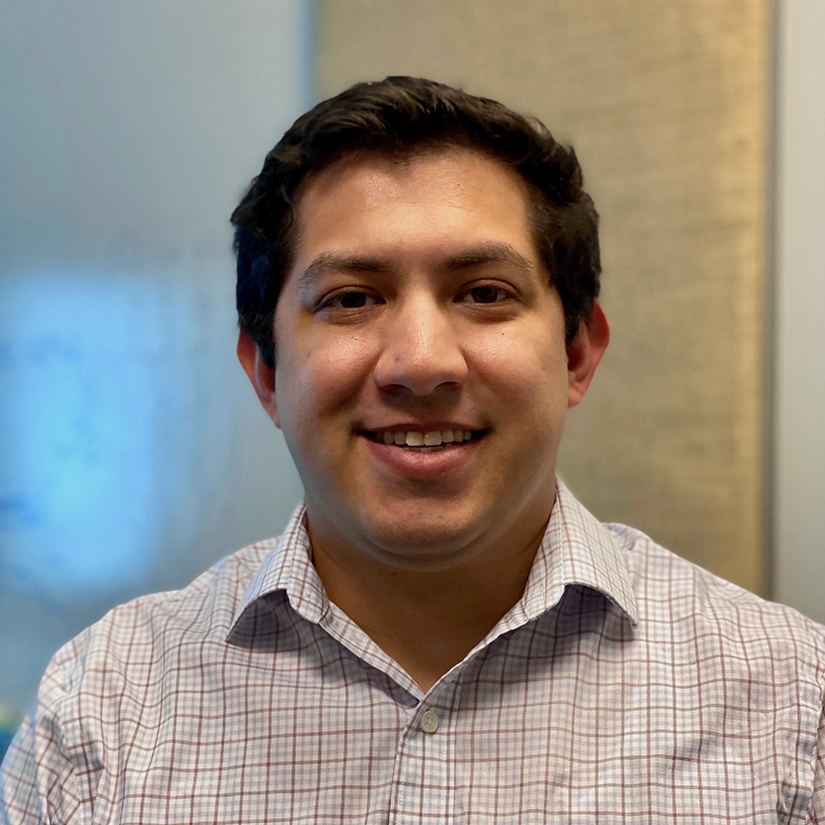
Postdoctoral Scholar and Interferometer Commissioning Team Member at LIGO Livingston, California Institute of Technology, LIGO Laboratory
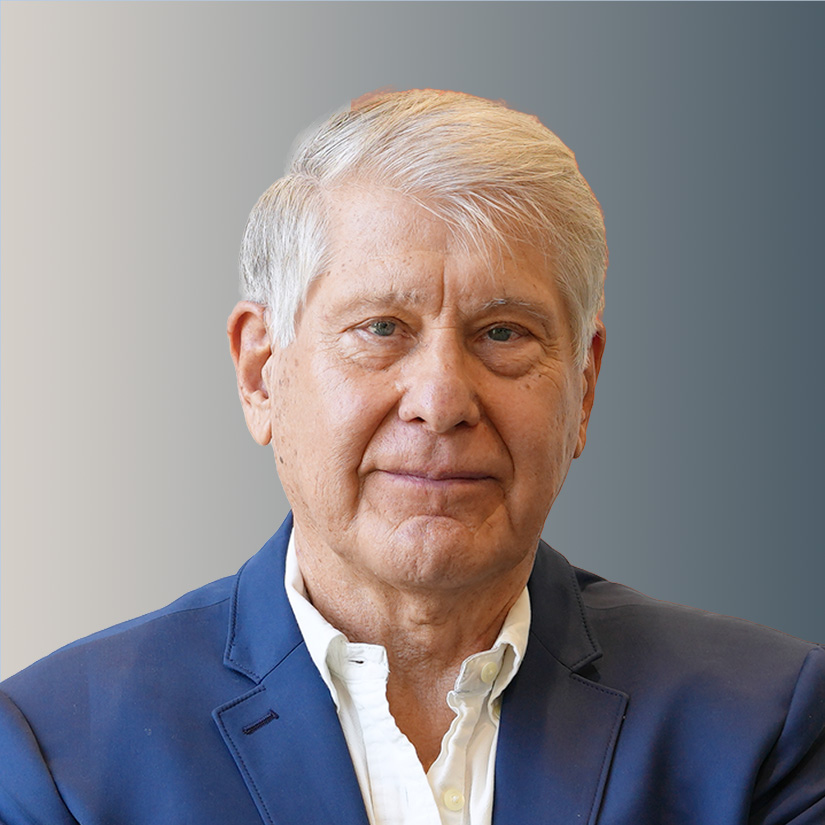
Professor of Physics and Director, Center for Gravitational Wave Astronomy, University of Texas Rio Grande Valley
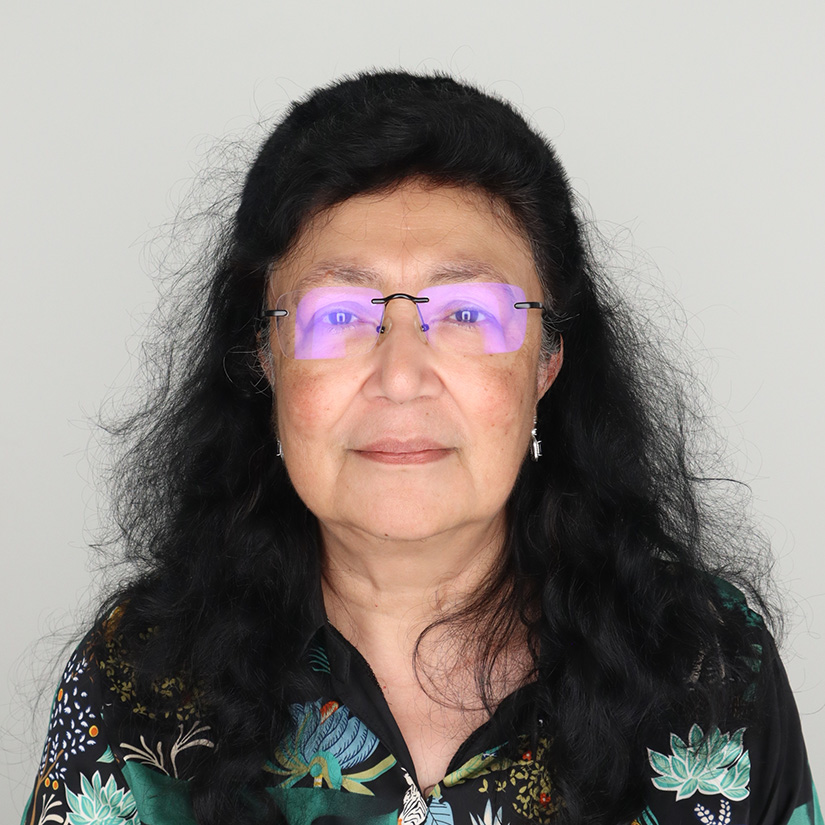
Professor, Department of Physics and Astronomy, University of Texas Rio Grande Valley
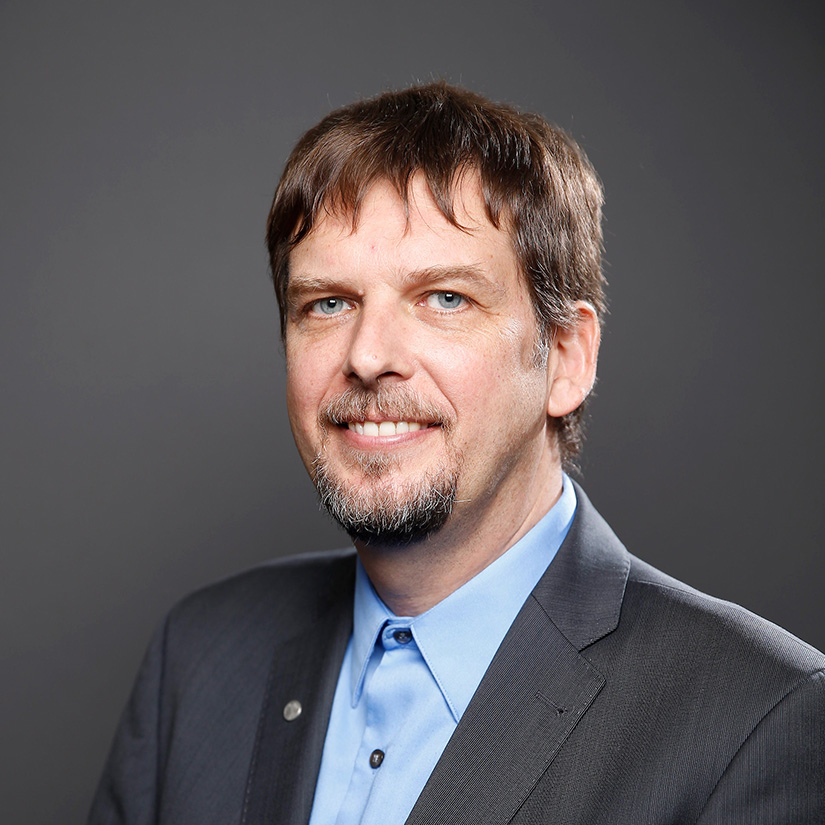
Professor, Department of Physics and Astronomy, and Associate Dean of Doctoral Recruiting in the Graduate College, University of Texas Rio Grande Valley
Talks and Panels
Speaker: Dr. Gabriela González
More than a hundred years ago, Einstein predicted that there were ripples in the fabric of space-time traveling at the speed of light: gravitational waves. On September 14, 2015, the LIGO detectors in Hanford, Washington and Livingston, Louisiana in the US registered for the first time ever a loud gravitational wave signal traveling through Earth, created more than a billion years ago by the merger of two black holes. A spectacular signal was detected by LIGO and the Virgo detector in Europe in 2017, produced by the collision of two neutron stars giving birth to a black hole, generating also electromagnetic waves (light!) detected by many telescopes and helping us understand the origin of gold. Almost ten years after the first detection, there was a record loud signal in the LIGO detectors that let us test Einstein’s theory again. In only ten years from the first detection, there are now hundreds of new signals from mergers of black holes and/or neutron stars - this is the era of gravitational wave astronomy. We will describe the history and details of the observations, and the gravity-bright future of the field.
Speaker: Dr. Manuela Campanelli
As we celebrate ten years of gravitational wave discoveries, this talk will explore the essential role of theoretical calculations in the upcoming era of gravitational wave astronomy. We will begin by reviewing the past successes of numerical relativity and gravitational wave modeling, which have been crucial for interpreting the initial detections of merging stellar-mass black holes. We will then address the future challenges associated with these calculations, from developing modern computational tools to understanding the physics of new phenomena. This work is vital for fully utilizing data from next-generation observatories. Finally, we will highlight how these advancements in modeling – particularly for binary neutron star mergers and accreting supermassive binary black holes – are crucial for the emerging field of multimessenger astronomy, allowing us to combine gravitational wave signals with other cosmic messengers to gain a more complete picture of the universe's most extreme events.
Speaker: Dr. Joey S. Key
The first decade of observational gravitational wave astronomy has opened a new way to explore our Universe. Gravitational wave astronomers design, operate, and characterize detectors with the capability to make observations of extreme events in distant galaxies. The future of discovery with gravitational waves includes collaboration with astronomers through multi-messenger observations to probe astrophysical events. In the coming decade, discoveries with the Laser Interferometer Space Antenna (LISA) mission, the International Gravitational-Wave Observatory Network (IGWN), and the International Pulsar Timing Array (IPTA) will expand our understanding of the cosmos and open new and exciting questions.
Speaker: Dr. Soumya Mohanty
All gravitational wave (GW) signals discovered so far by the LIGO-Virgo-KAGRA collaboration are transients – they have well-defined start and stop times. However, these signals constitute a specific class: binary inspirals and mergers whose shapes (waveforms) can be predicted very accurately from theory. GW astronomers also hope to discover a broader class of transients, called bursts, with waveforms that are difficult or impossible to predict. This talk will cover the key challenges in extracting both types of signals from extremely noisy GW data and where we stand on the long road to solving them. In this journey, contributions in burst detection at UT Brownsville played a prominent role in developing the algorithm that first flagged the GW150914 signal a decade ago. Now, at UTRGV, we may be at the threshold of making yet another mark, this time for binary inspiral signals. The talk will be infused with a personal perspective, stemming from my participation in the decades-long collective effort of many researchers to solve these puzzles.
Speaker and Panelist Bios
Dr. Manuela Campanelli is the distinguished professor of astrophysics and John Vouros endowed professor at Rochester Institute of Technology (RIT). She is also the founding director of the Center for Computational Relativity and Gravitation (CCRG). She received her Ph.D. in Physics from the University of Bern in Switzerland.
In 2024, she received American Physical Society’s Richard A. Isaacson Award in Gravitational-Wave Science for her 2005 breakthrough work on the first successful numerical simulations of binary black hole mergers. In 2007, she was recognized for the discovery that after black holes merge to form a new, larger black hole, the newly formed black hole can recoil at thousands of kilometers a second; fast enough to eject a supermassive black hole from even the largest galaxies. Currently, she leads groundbreaking research projects that provide the first calculations of matter effects near merging binary supermassive black holes and modeling binary neutron stars with the goal of providing an understanding of recent and future multi-messenger astrophysics observations of these systems.
Campanelli’s research includes numerous publications, invited presentations, and funded research projects. She was named Marie Curie Postdoctoral Fellow (1998), Fellow of the American Physical Society (2009), Fellow of the International Science of General Relativity (2019), and Councilor of the Division of Gravitational Physics (2021-2024). Notably, Kip Thorne mentioned Campanelli in his Nobel Lecture in Physics (2017).
Dr. Gabriela González is a Louisiana State University (LSU) Boyd professor in the Physics and Astronomy department and works on searching for gravitational waves with the LIGO team. She was born in Córdoba, Argentina, where she studied before completing her Ph.D. at Syracuse University in 1995. She served as a staff scientist in the LIGO group at MIT, joined the faculty at Penn State in 1997 and moved to LSU in 2001. She has received awards from the American Physical Society, the American Astronomical Society, and the National Academy of Sciences. She is a fellow of the American Academy of Arts and Sciences and a member of the US and Argentinean National Academies of Sciences.
González has been a member of the LIGO Scientific Collaboration since 1997. She served as spokesperson from 2011 to 2017, participating in the announcement of the discovery of gravitational waves in 2016. Her group works on LIGO instrument development, reducing noise sources, and data diagnostics.
Dr. Joey S. Key earned her Ph.D. and M.S. in physics at Montana State University in 2014 and 2010, respectively. She completed her undergraduate degree in Astrophysics with highest honors from Williams College. She has worked for the Montana Space Grant Consortium (MSGC) and Montana NASA EPSCoR programs as an Education Specialist as well as serving as a Research Assistant Professor and Director of Education and Outreach at the Center for Gravitational Wave Astronomy (CGWA) at the University of Texas Rio Grande Valley (UTRGV).
Key’s research includes astrophysical parameter estimation for gravitational wave signals across the gravitational wave frequency band. She works in international gravitational wave astronomy collaborations including the Laser Interferometer Gravitational-Wave Observatory (LIGO), the North American Nanohertz Observatory for Gravitational waves (NANOGrav), and the NASA and European Space Agency (ESA) Laser Interferometer Space Antenna (LISA) mission. She is dedicated to education research, to better understand how to best teach physics and astronomy with diverse student bodies.
Dr. Soumya Mohanty is a Professor in the Department of Physics and Astronomy at the University of Texas Rio Grande Valley (UTRGV). He received his Ph.D. in Physics in 1998. Mohanty is actively involved in international collaborations and has extensive experience in supervising graduate students and postdoctoral researchers. His research focuses on gravitational wave data analysis, swarm intelligence methods, and statistical techniques for detecting signals from astrophysical sources.
With over two decades of experience in gravitational wave astronomy, he has contributed significantly to the field through work on efficient data analysis techniques, particle swarm optimization methods, and the development of novel algorithms for detecting gravitational wave signals from various astrophysical sources including binary black holes, neutron stars, and extreme mass ratio inspirals.
Dr. Martin Beroiz works at the California Institute of Technology as a staff scientist with the LIGO Laboratory’s Gravitational Wave Open Science Center (GWOSC). In this role, he helps make GW data publicly accessible and contributes to software development for a newly redesigned data streaming service that will support future LIGO observing runs. He received his Ph.D. in Physics in 2017 while residing and conducting research in Brownsville, Texas, through a collaborative program between the former University of Texas at Brownsville (UTB) and the University of Texas at San Antonio.
Beroiz’s dissertation, “Optical Counterparts to Gravitational Waves,” focused on using a dedicated telescope to follow up on gravitational-wave (GW) detection alerts issued by the Laser Interferometer Gravitational-Wave Observatory (LIGO). It describes the development of an automated detection-response system designed to generate a prioritized list of observation targets within high-probability sky regions, along with the subsequent image analysis to identify potential optical counterparts to GW events. By a fortunate turn of events, the thesis ultimately included the analysis of images taken during a campaign in Argentina that covered the localization region of the landmark first detection, GW150914. While no optical counterpart was found, as expected for a binary black hole merger, the work demonstrated the capabilities of such a detection-response pipeline.
Martha Casquette is currently a physics instructor and the A.S. Science and Allied Health Science Program Coordinator at Texas Southmost College (TSC). She also serves as a liaison between TSC and the University of Texas Rio Grande Valley (UTRGV), assisting TSC students experience the excitement of scientific research.
As an undergraduate physics student at The University of Texas at Brownsville/Texas Southmost College (UTB/TSC, now UTRGV), Casquette conducted research in gravitational-wave astronomy and participated in a summer research program at LIGO Livingston under the direction of Dr. Joseph Romano. She later served as Coordinator of Student Development for the Center for Gravitational Wave Astronomy (CGWA) at the same institution while pursuing a master’s degree in physics. In that role, she recruited, advised, and mentored undergraduate and graduate students who went on to careers in gravitational-wave astronomy. She also organized and Co-Directed the Gravitational Wave Summer School.
Dr. Louis Dartez is a postdoctoral scholar with Caltech's LIGO Laboratory and a member of the interferometer commissioning team at LIGO Livingston Observatory. Last year, he received the 2024 LIGO Laboratory Award for Excellence in Detector Characterization and Calibration during LIGO’s fourth Observation Run for his significant contribution to rapid detector data calibration.
As a member of the LSC Calibration group, he worked on developing detector calibration methods to deliver analysis-ready LIGO data and accurate uncertainty estimates as rapidly as possible. He received his PhD in Applied Physics in 2021 from the University of Texas at Arlington (UT Arlington) as part of a cooperative doctoral program with the University of Texas Rio Grande Valley (UTRGV).
In 2015, Dartez was a graduate student at the University of Texas at Brownsville (now UTRGV) working in radio astronomy instrumentation. He also participated in the LIGO collaboration as an undergraduate student, working with UTRGV Professor Dr. Teviet Creighton to set up a rapid radio follow-up pipeline using radio telescopes at the Very Large Array in Socorro in New Mexico. This allowed him to follow-up on gravitational wave event alerts during LIGO's last "science run" (S6). Following completion of his doctoral degree, he rejoined the LIGO effort in 2022.
Dr. Karla Ramirez graduated with a Ph.D. in Physics from the University of Texas at San Antonio in 2017. She joined the Laser Interferometer Gravitational-Wave Observatory (LIGO) as a fellow during the Advanced LIGO era and was actively involved in work on the Alignment Sensing and Control (ASC) subsystems during the historic first gravitational wave detection in 2015 (GW150914). This early hands-on experience gave her a solid foundation in the detector’s core systems and their role in maintaining the interferometer’s sensitivity.
Today, Dr. Ramirez’s work focuses on supporting the A+ upgrade projects and commissioning activities.She is closely involved with the development and integration of Violin Mode Dampers (VMDs) and Acoustic Mode Dampers (AMDs), which are critical for improving detector stability and reducing suspension resonance. In addition, she supports the Thermal Compensation System (TCS), including work with the TCS CO₂ projection system and the Hartmann wavefront sensors, which help maintain optimal interferometer performance by compensating for thermal lensing effects in the optics. She is also involved in the procurement, assembly, QA, and documentation of suspension systems such as HXDS and PSAMS, and coordinates logistics between LLO, Caltech, Hanford, and external vendors.Robert Stone is currently a physics instructor at Texas Southmost College. He previously served as physics lab coordinator and Director of Outreach at The University of Texas Rio Grande Valley (UTRGV) and its predecessor, The University of Texas at Brownsville/Texas Southmost College (UTB/TSC).
In September 2015, he was a member of the LIGO Glitch Group, a working team dedicated to identifying and mitigating noise sources in the LIGO detectors. During his years at UTB/TSC and UTRGV, he worked monitoring shifts at the LIGO Livingston detector, and he indirectly supported the search for gravitational waves as director of the UTRGV REU and Co-Director of the CGWA Gravitational Wave Summer School.
Dr. Guillermo Valdes was born and raised in Mexico City, beginning his academic journey studying Electronics and Communications Engineering at Tec de Monterrey. He moved to Brownsville, Texas to pursue a master’s degree in physics, where he worked with Dr. Mario Díaz, participating in the construction of the Nompuewenu Observatory (now the Cristina Torres Memorial Observatory). He obtained a Ph.D. in Physics at the University of Texas Rio Grande Valley through research focused on the characterization of gravitational-wave detectors. During this time, he served as a research fellow with the Laser Interferometer Gravitational-Wave Observatory Scientific Collaboration (LSC) and was part of the Detector Characterization Group during the first observation run (01) in 2015.
After graduation, he worked with renowned physicist Dr. Gabriela González at Louisiana State University, furthering detector characterization efforts and mentoring students. Dr. Valdes then joined the Laboratory of Space Systems and Optomechanics at Texas A&M University, developing optomechanical inertial sensors for space missions and future generations of gravitational-wave detectors.
Dr. Valdes has shifted to working at Apple in the Advanced Technologies Group as an Optical Sensing Hardware Engineer, designing and implementing experiments to validate optical sensing technologies for iPad and Home. Most recently, he joined Meta Reality Labs as a Senior Optical Modeling Engineer, where he pushes the boundaries of camera technology to shape the future of Smart Glasses, Augmented Reality, and Mixed Reality.
Dr. Julieta V. García is a native of Brownsville, Texas and served as president of The University of Texas at Brownsville for twenty-two years. She received B.A. and M.A. degrees from The University of Houston in 1970 and 972, and her Ph. D from University of Texas at Austin in 1976. She was awarded honorary degrees from The University of Notre Dame, Brown University, Smith College, and Princeton, and was named a Distinguished Alumnae of UT Austin. In August 2024, she retired from University of Texas Rio Grande Valley (UTRGV) where she had served as a professor in the Department of Communication for several years.
In 1986, Dr. García was recognized as the first Mexican American woman to become a president of a college or university in the U.S. Her presidency spanned 28 years and was marked by her innovation in conceiving and implementing new higher education models in response to rapidly changing higher education ecosystems, including the establishment of The University of Texas at Brownsville (UTB) in 1990 and more recently, UTRGV.
Dr. García has served as a member of the board of the Ford Foundation, the Robert Wood Johnson Foundation, the American Council on Education and the Association of Governing Boards in DC. She was named one of Top 10 College Presidents in the U.S. by Time Magazine in 2009 and one of the World’s 50 Greatest Leaders by Fortune Magazine in 2014. On July 7, 2022, President Joseph R. Biden presented her with the Presidential Medal of Freedom for her “transformational and trailblazing work” in higher education and as “one of our Nation’s top university administrators”.
Dr. García is currently on the board of Texas Audubon, Lozano Long Institute for Latin American Studies at UT Austin, Texas 2036, The Philosophical Society of Texas, and serves as chair of the board of Catholic Charities of the Rio Grande Valley. She is married to Oscar E. García. They are the proud parents of Oscar D. García and Paulita Rico, and grandparents of Oscar Alfredo, Isabela, and Luciano García, and Julieta and Carolina Rico.
Dr. Jose Ginoris Martin was born in Havana, Cuba in 1941. He graduated from the Nuclear Engineering Department at Mississippi State University (MSU) and received his Ph.D. in Wisconsin in plasma physics. He is forever grateful to his MSU mentor, Dr. Robert Hoke, and to his doctoral advisor, Dr. Gilbert Emmert, who supported him as an immigrant alone in this country. He became the Dean of the College of Science, Math and Technology at the University of Texas at Brownsville and Texas Southmost College (UTB/TSC) in 1995. He worked closely with former UTB President Dr. Julieta García, who espoused the concept of “champions”: those individuals who fight for causes and move mountains.
When discussing the Center for Gravitational Waves Astronomy, Dr. Martin recounts the image of maple trees dropping their helicopter seeds. The seeds - or “samaras” - shed each year, a few lucky enough have the potential to grow into majestic trees with the support from their surroundings. He and CGWA were fortunate to have the support of the late Mr. Jay Phillips of TSC, the first Chair of the Physical Sciences Department.
Over the next twenty years, he paid his mentorships forward, traveling the world as an OAS professor of Nuclear Engineering at the Instituto Politécnico Nacional in Mexico City, and later at the Instituto Militar de Engenharia in Rio de Janeiro, and at the University of Massachusetts in Lowell. Together with local and international colleagues, he has had incredible opportunities to develop the potential of dedicated graduate students who continued onto great careers in topics that seem like science fiction: solar-driven terraforming, symbiotic nuclear systems, thermonuclear plasma stability, etc.
Dr. Martin now lives in Massachusetts with his wife, surrounded by maple trees that turn color at this time of the year.
Dr. Soma Mukherjee is a professor at the University of Texas Rio Grande Valley (UTRGV) whose research includes searching for gravitational waves (GW) from core collapse supernovae. She obtained her Ph.D. in Physics in India, then served as a postdoctoral researcher at Caltech LIGO project, Northwestern University and at Penn State. Prior to beginning work at UTRGV (then University of Texas at Brownsville), she was a scientist at the Max Planck Institut fur Gravitationsphysik in Germany. She has co-authored over 200 peer-reviewed papers in high impact journals and presented innumerable invited and plenary talks at international conferences covering a career of research well-funded through NASA and NSF.
Dr. Mukherjee has been a member of the LIGO Scientific Collaboration (LSC) since its inception in 1997, having made scientific contributions to the Gravitational Wave Burst search group and the Detector characterization groups. She co-authored the gravitational wave discovery paper in 2016 and was a co-recipient of the Breakthrough Prize in Fundamental Physics, the Gruber Cosmology Prize, and the Princess of Austrians Award.
Sponsors
|
|
|
|
|
|
|
Special Thanks to:
|

